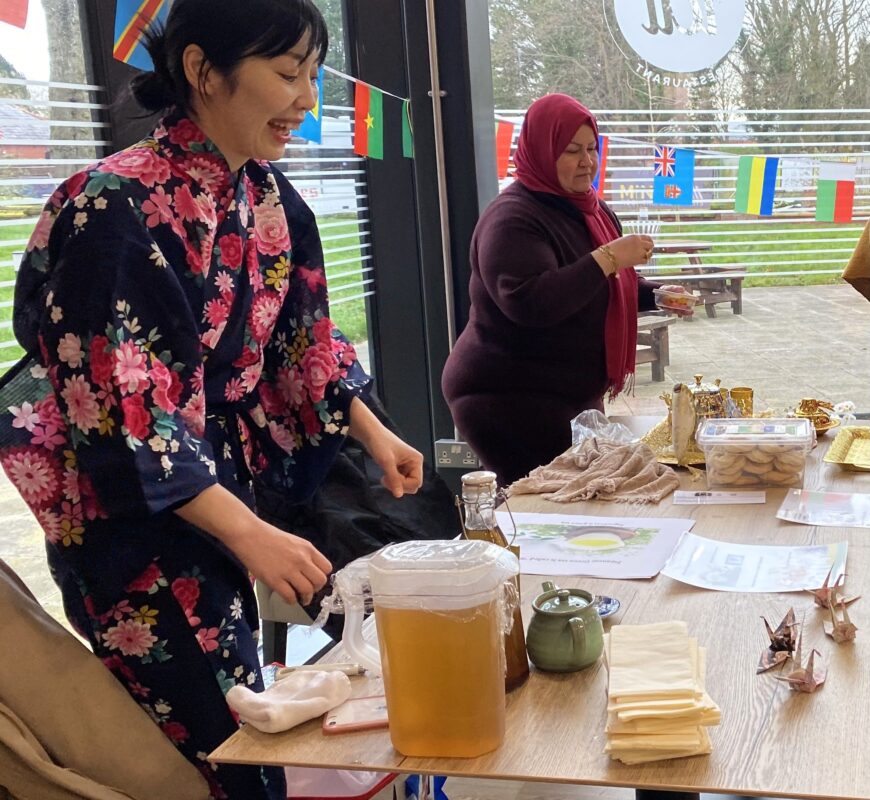What can we learn from the Singaporean education system?

An indispensable part of Edge’s mission to make education relevant is identifying others who share this goal.
Over the years, this search has taken us to Minerva Schools in California, Quest University in Canada, and numerous island jurisdictions.
However, our most recent virtual study visit combined the distinct aspects of island life with the complexities of national policy in the island city-state of Singapore.
We met with Professors Johnny Sung (Principal Research Fellow, Institute for Adult Learning) and Pak Tee Ng (Associate Professor, National Institute of Education) to learn more about the nation’s educational system.
Understanding Singapore’s educational culture
Founded in 1965, Singapore is a young republic. As such, it has a young education system that, in many ways, is still developing. Singapore’s early focus was training basic skills like literacy and meeting the needs of industry. However, in the 80s, a shift began beyond manufacturing into areas like the service sectors. As a small nation, Singapore’s people are also its primary resource. Education is therefore considered an investment, not an expenditure and so they pour investment into their greatest asset – their people. Even when times are hard, government do not tighten their belts on education.
According to Professor Sung, the ultimate purpose of the Singaporean education system is to move the country up the global value chain. Education provision is fundamentally linked to Singapore’s economic strategy. For instance, all schools have top-level equipment and well-trained teachers, not necessarily for pedagogical and attainments outcomes, but for economic employment goals. This is not to say individual learning outcomes aren’t valued; it simply recognises that Singapore’s global importance is linked to high-quality skills.
How is the system structured?
Threecore entities underpin the Singaporean education system: The Ministry of Education (driving policy), the National Institute of Education (training teachers and leaders) and its educational provision. Industry is also a critical partner to these entities, helping devise curricula, providing training opportunities and supporting schools.
Meanwhile, Singapore’s core education provision consists of two clearly well-focused systems: pre-employment training (PET) and continuing education and training (CET), though the boundary has been deliberately de-emphasised under the current lifelong learning policy (see below). PET describes any training that takes place before full-time employment. This includes secondary schools, academic junior colleges (which prepare students for university), polytechnics (focused on vocational training) and universities. Meanwhile, CET shapes and trains skills for those in work, according to carefully defined frameworks that identify roles and skills for each job. This means learners can identify skills gaps and fill them. Unlike training systems in other countries, the CET system seldom targets the unemployed (though they are included). It is intended for up-skilling and heavily subsidised by the state which include an ‘absentee pay roll’ to encourage employers to send workers for training.
A shift towards lifelong learning
Historically, Singapore’s education system has been defined by two major educational pathways: academic and vocational. While these established pathways remain, there’s a growing effort to develop new avenues that connect them, allowing learners to switch more easily throughout their educational journeys.An objective the UK can relate to! Being a relatively young country, colleagues in Singapore are conscious that this shift may face challenges and take some time. But they are committed to this journey to changing mindsets.
This aim has resulted in a current push towards a culture of lifelong learning, captured by a set of policies called SkillsFuture. Launched in 2015, SkillsFuture aims to provide opportunities for Singaporeans to develop their potential at all stages of life. It emphasises a shift away from the primacy of paper qualifications and towards skills mastery. Success is measured through knowledge, application and experience.
While SkillsFuture still promotes learning and training to support the economy, it places individual learners (rather than industry) at the heart of educational policy. This is a significant step-change for Singapore. The hope is to dissolve the boundaries between CET and PET, vocational and academic, creating a more holistic approach to education.
SkillsFuture: Successes and challenges
So far, SkillsFuture has led to a whole-government policy approach to education. The aim is to create a coherent education and training system that links career development to labour mobility. Part of this includes SkillsFuture Credit, publicly-funded training that gives learners control over their personal development. Learners can enrol for free on approved courses in both careers and non-career-related areas (such as cooking, or the performing arts).
SkillsFuture policies still face teething problems, of course. For instance, employer support for the programme can always be improved. And despite the desired shift away from paper qualifications, the cultural shift is taking time to catch up. Presently, there’s also a lack of long-term data to measure skills mastery and behavioural change. However, both Professors Sung and Ng seemed hopeful about the programme’s longer-term future.
Challenges aside, the dream is alive
Despite these obstacles, SkillsFuture marks a significant shift for Singapore’s education system. As Professor Ng explained, individuals can be technically-skilled but how can they become real experts if they don’t enjoy what they’re working on? The idea underpinning SkillsFuture is that those who are interested, engaged and inspired will succeed in both life and work and that this, in turn, will support Singapore’s economic objectives. A bold set of policies, indeed, but a framework that the UK could most certainly learn from!












Responses